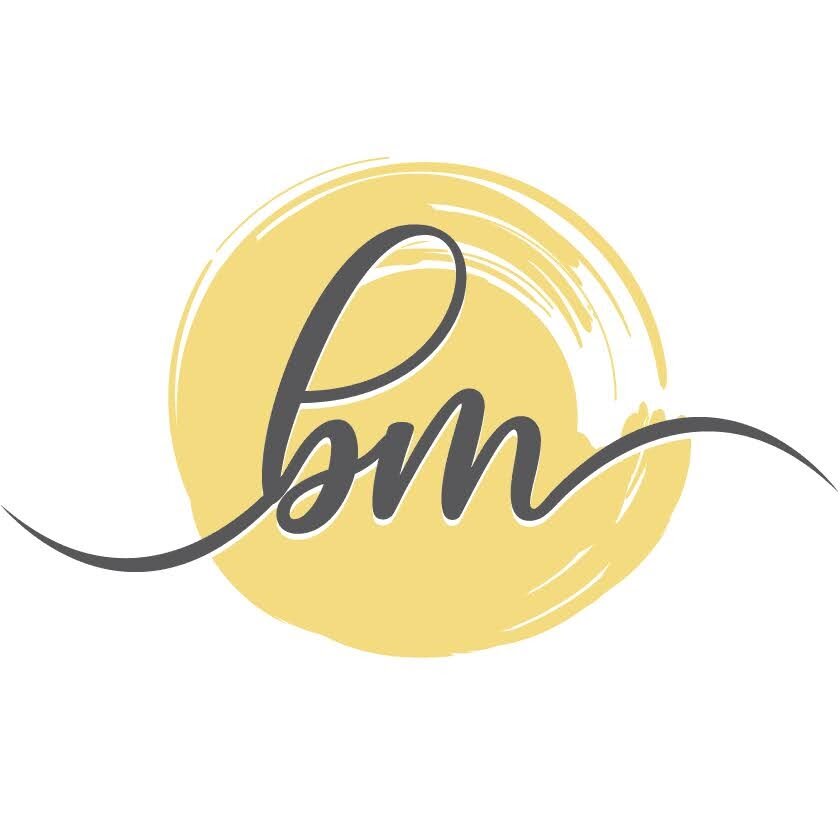What is Schema Therapy?
Schema therapy is an evidence-based therapy designed to help people understand and change deeply ingrained patterns of thinking and behaviour that lead to emotional distress and relationship problems. Integrating elements from cognitive-behavioral therapy, attachment theory, Gestalt therapy, and psychoanalytic therapy, it provides a comprehensive framework for addressing longstanding issues. But what exactly are schemas, and how does schema therapy work? Let's dive in.
What Are Schemas?
Schemas are deeply held beliefs and patterns we develop during childhood and continue to use throughout our lives. They act as mental frameworks that help us interpret and respond to our experiences. While schemas can be positive and help us navigate the world, maladaptive schemas are negative and dysfunctional patterns that cause significant problems in our lives (Young, Klosko, & Weishaar, 2003).
The Connection Between Childhood Needs and Maladaptive Schemas
Maladaptive schemas often originate from unmet emotional needs in childhood, including:
Safety and stability
Love and belonging
Acceptance and validation
Autonomy and competence
When these needs are not adequately met, children may develop distorted views about themselves and the world to help them survive. For example, a child who experiences neglect may develop a schema that they are unlovable and expect rejection in their relationships (Young et al., 2003).
The Goal of Schema Therapy
The primary goal of schema therapy is to help individuals identify and change these maladaptive schemas, and increase the functioning of their wise and healthy self. By addressing these deeply rooted patterns, schema therapy aims to:
Reduce emotional distress
Improve relationship patterns
Enhance overall well-being
Foster healthier coping mechanisms
Conditions and Problems Schema Therapy Can Help Treat
Schema therapy is particularly effective for individuals with chronic psychological issues and personality disorders, such as:
Chronic depression and anxiety (Bamelis, Evers, Spinhoven, & Arntz, 2014)
Borderline Personality Disorder (Farrell, Shaw, & Webber, 2009)
Eating disorders (Simpson, Morrow, van Vreeswijk, & Reid, 2010)
Relationship difficulties (Nordahl, Holthe, & Haugum, 2005)
Post-Traumatic Stress Disorder (PTSD) (Cockram, Drummond, & Lee, 2010)
Techniques Used in Schema Therapy
Schema therapy employs a variety of techniques to help individuals recognize and change their maladaptive schemas:
Emotion-focused Techniques: These include role-playing and guided imagery to help clients re-experience and process traumatic events from their past. This can be particularly powerful in altering the emotional intensity of schemas (Arntz & Jacob, 2012).
Cognitive Techniques: These involve challenging and reframing distorted thoughts and beliefs. The therapist helps the client question the validity of their schemas and develop more balanced perspectives (Young et al., 2003).
Behavioral Techniques: These involve changing patterns of behavior that reinforce maladaptive schemas. Clients are encouraged to develop new, healthier habits and ways of interacting with others (Young et al., 2003).
Interpersonal Techniques: The therapist and client work on improving communication and relationship skills, helping the client form healthier connections (Young et al., 2003).
Risks and Benefits of Schema Therapy
Benefits:
Deep Understanding: Schema therapy provides a thorough understanding of one's emotional and behavioral patterns.
Long-Term Change: By addressing the root causes of distress, schema therapy can lead to lasting changes (Farrell et al., 2009).
Improved Relationships: Clients often report better relationship satisfaction as they learn to change dysfunctional patterns (Nordahl et al., 2005).
Risks:
Emotional Intensity: Re-experiencing past traumas can be emotionally challenging.
Time Commitment: Schema therapy is often a long-term process, requiring a significant commitment of time and effort (Young et al., 2003).
Initial Discomfort: Confronting deeply held beliefs and emotions can be uncomfortable initially.
ISST Certification as a Schema Therapist
The International Society of Schema Therapy (ISST) provides certification for therapists who wish to specialize in schema therapy. The certification process involves:
Training: Completion of ISST-approved training programs that cover the theory and practice of schema therapy.
Supervision: Undergoing supervision by an experienced schema therapist to ensure competence in applying schema therapy techniques.
Clinical Experience: Demonstrating substantial clinical experience in using schema therapy with clients.
Examination: Passing a rigorous examination process to validate knowledge and skills.
Becoming an ISST-certified schema therapist ensures that the therapist has met high standards of training and expertise, providing clients with confidence in the quality of care they will receive.
Conclusion
Schema therapy offers a comprehensive and effective approach for addressing deep-seated emotional issues and maladaptive patterns. By understanding and transforming these schemas, individuals can achieve greater emotional health, improved relationships, and a better quality of life. If you believe schema therapy could be beneficial for you, consider reaching out to an ISST-certified schema therapist to begin your journey towards healing and self-discovery.
References
Arntz, A., & Jacob, G. (2012). Schema Therapy in Practice: An Introductory Guide to the Schema Mode Approach. Wiley-Blackwell.
Bamelis, L. L., Evers, S. M., Spinhoven, P., & Arntz, A. (2014). Results of a multicenter randomized controlled trial of the clinical effectiveness of schema therapy for personality disorders. American Journal of Psychiatry, 171(3), 305-322.
Cockram, D. M., Drummond, P. D., & Lee, C. W. (2010). Role and treatment of early maladaptive schemas in Vietnam veterans with PTSD. Clinical Psychology & Psychotherapy, 17(3), 165-182.
Farrell, J. M., Shaw, I. A., & Webber, M. A. (2009). A schema-focused approach to group psychotherapy for outpatients with borderline personality disorder: A randomized controlled trial. Journal of Behavior Therapy and Experimental Psychiatry, 40(2), 317-328.
Nordahl, H. M., Holthe, H., & Haugum, J. A. (2005). Early maladaptive schemas in patients with or without personality disorders: Does schema modification predict symptomatic relief? Clinical Psychology & Psychotherapy, 12(2), 142-149.
Reiss, N., Lieb, K., Arntz, A., Shaw, I. A., & Farrell, J. M. (2014). Responding to the treatment needs of patients with complex mental health problems: The potential of a schema-focused approach. European Journal of Psychotherapy & Counselling, 16(4), 342-356.
Simpson, S., Morrow, E., van Vreeswijk, M., & Reid, C. (2010). Group schema therapy for eating disorders: A pilot study. Frontiers in Psychology, 1, 182.
Young, J. E., Klosko, J. S., & Weishaar, M. E. (2003). Schema Therapy: A Practitioner's Guide. Guilford Press.

